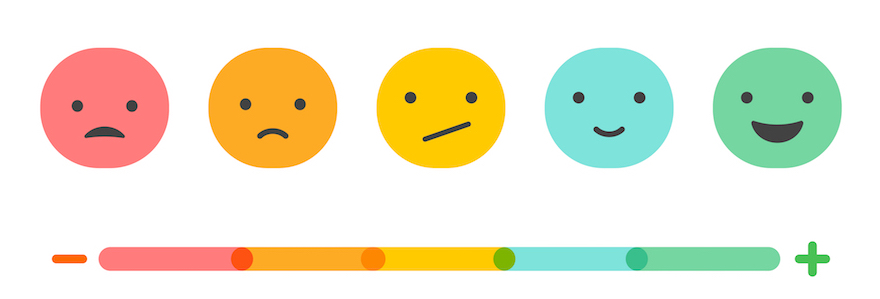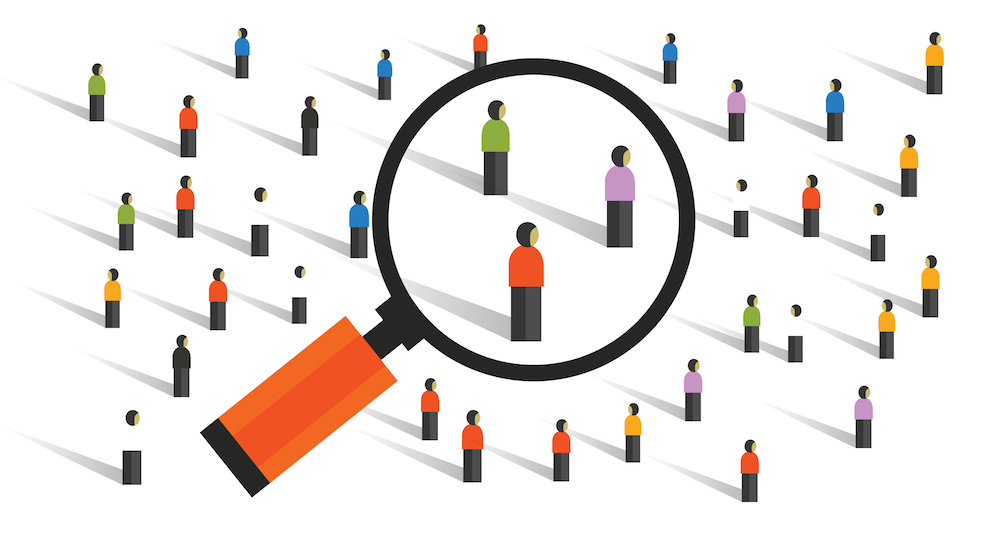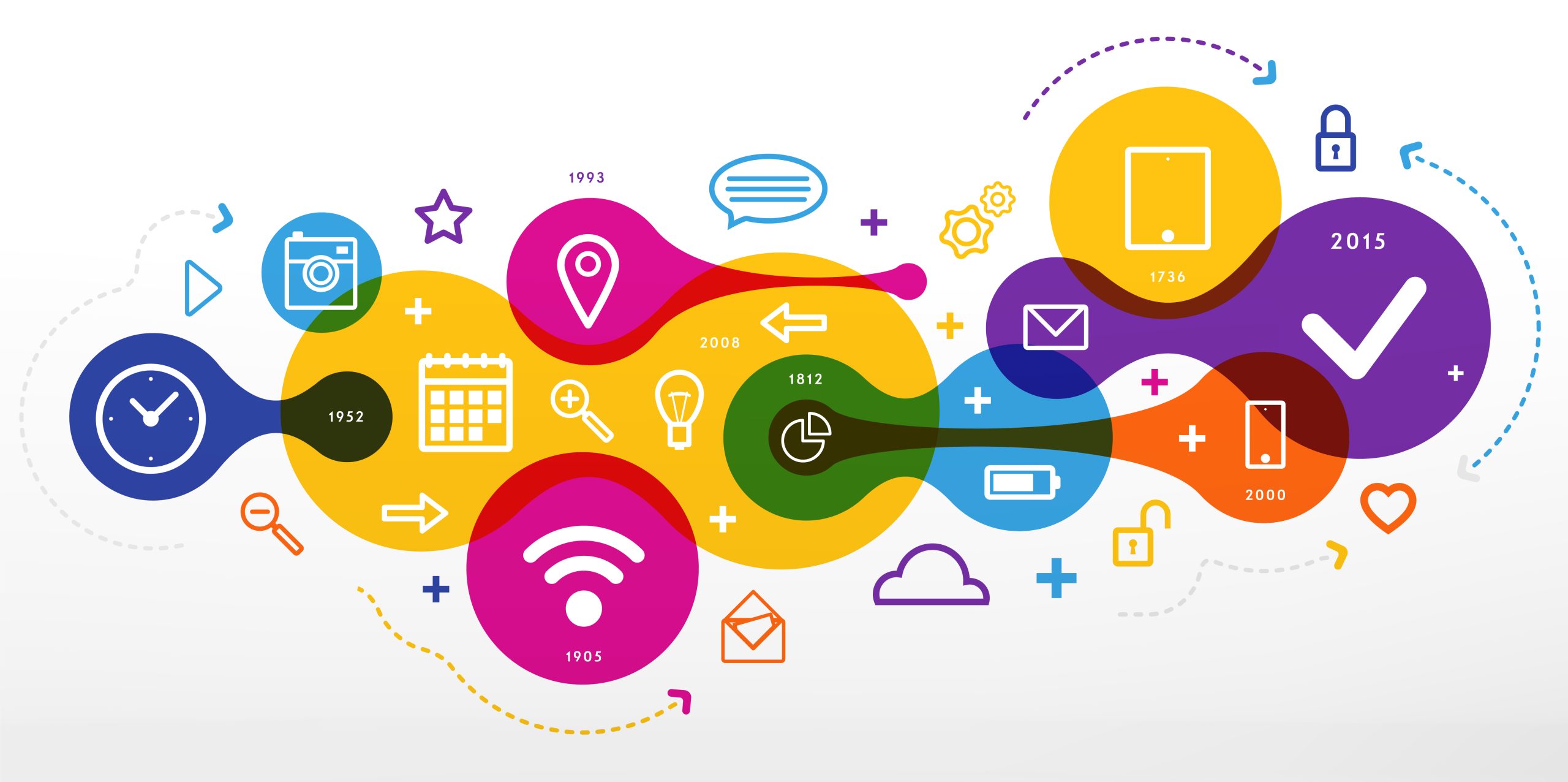Ch 01: Empathize
In this chapter:
A great design challenge starts with an evocative and meaningful empathy experience. This chapter covers how to escape your comfort zone and embrace new points of view, so as to see the world differently and through an empathetic frame of mind.
Empathy: What is it?
 Design thinking is a user-centered design process, and the empathy that comes from observing users enables design thinkers to uncover deep and meaningful needs (both overt & latent). Empathy, by definition, is the intellectual identification with or vicarious experiencing of the feelings, thoughts or attitudes of another.
Design thinking is a user-centered design process, and the empathy that comes from observing users enables design thinkers to uncover deep and meaningful needs (both overt & latent). Empathy, by definition, is the intellectual identification with or vicarious experiencing of the feelings, thoughts or attitudes of another.
Empathy gaining is often described as “needfinding” in that you are discovering people’s explicit and implicit needs so that you can meet those needs through design. A need is a physical, psychological or cultural requirement of an individual or group that is missing or not met through existing solutions.
A designer ‘needfinds’ or works to understand a user’s experience by learning about their lives. The goal of the empathy mode is to discover gaps in between what people do and what people say they do. These gaps are the design opportunities.
Empathize.
Empathy is the foundation of human-centered design. The problems you’re trying to solve are rarely your own, they’re those of particular users. Build empathy for your users by learning their values.
To empathize, you:
- Observe. View users and their behavior in the context of their lives.
- Engage. Interact with and interview users through both scheduled and short ‘intercept’ encounters.
- Immerse. Wear your users’ shoes. Experience what they experience for a mile or two.
Learn About The People You’re Designing For
“Deep empathy for people makes our observations powerful sources of inspiration.” - David Kelley [1]
Identify a design challenge.
A design challenge inspired by empathy for others is the starting point of every design thinking project. You can discover just such a challenge through carefully and closely observing others, and considering new perspectives.
The first step on a design thinking journey then, involves disrupting yourself, breaking your routine. Get away from screens and offices and classrooms, and venture into new spaces and places to kickstart your imagination and invigorate your creative work. Look around you, wander and explore, listen to and speak with people. Before long, you’ll notice all kinds of real-world challenges that you are inspired to create solutions for. There is no “right” design challenge to begin working on. Just pick one that you are most excited to begin working on and get started!
Design thinking is a deeply human approach to innovation that relies on your ability to be intuitive, to interpret what you observe and to develop ideas that are emotionally meaningful to the people you are designing for. When you listen to and develop empathy for your users, participants, clients, patients or other stakeholders, it will inspire your creative problem solving work.
 Conduct design research by observing and engaging.
Conduct design research by observing and engaging.
Observe how users interact with their environment. Capture quotes, behaviours and other notes that reflect their experience. Watching users gives you clues as to what they think and feel— what they need. You can also learn a lot by just watching what people do, and how they lead their lives, online or offline.
As people navigate through their day, traveling, shopping, dining, working, talking, relaxing, sleeping, we rely on products and services — some of which are easy and enjoyable to use. But it’s also true that we experience day-to-day complications, confusions, and problems requiring workarounds.
By noticing the “pain points” that interfere with people enjoying a seamless and satisfying experience with the products and services in our lives, design thinkers pay close attention to any frustrating moments people have, because those are red flags indicating possible product/service shortcomings. Designers then set to work creating more streamlined, smart, elegant solutions — sometimes by simplifying and eliminating extra “nice-to-have” (but not need-to-have) features. And usually by taking inspiration from the workarounds, hacks, and modifications they observed people using, and incorporating those upgrades into the final project — making it more useful, convenient, value-added, and “human” in the process.
Exercise: When observing and engaging, you may want to pay attention to things such as:
- Personal details: who did you observe and/or speak with (profession, age, location, etc)?
- Interesting stories: what was the most memorable and surprising story you heard?
- Motivations: what did people seem to care about the most? What appeared to motivate them?
- Frustrations: what pain points, barriers, confusions, or errors did people experience?
- Interactions: what was interesting about the way people interacted with the environment?
- Remaining Questions: what questions would you like to explore in your next observation or interview?
Engage users directly — interact with and interview them, if it’s feasible to do so. Engaging users reveals deeper insights into their beliefs and values. When you are seeking new understanding about other people, and why they struggle with certain experiences, you might reach out to them and gain their perspective on the issues that matter to them. Learning about users in their own words will inform and inspire you.
Asking the right kinds of open-ended questions and carefully listening to the responses (verbal and nonverbal) is the way to discover unmet needs. In the process you will gain a deeper understanding of the decisions people make and the obstacles they face. Open ended questions are questions that lead to a further discussion. They are questions that do not have a simple answer like yes or no or a number.
Examples of open-ended questions are:
- What are your favourite things about this activity?
- How did doing that activity make you feel?
- What would you change about that activity if you could change something?
These kinds of questions help researchers get to a deeper understanding of their user and the context in which the user operates.
Immerse Yourself: Embrace a beginner’s mindset.
If possible, immerse yourself in your users’ experience. Find (or create if necessary) ways to insert yourself in specific environments to understand first hand who you’re designing for. Immersion, explains Merlijn Kouprie and Froukje Sleeswijk Visser, involves wandering around in the user’s world, gathering knowledge, and staying open-minded and non-judgemental, and staying interested in absorbing a different perspective.[2]
When listening to and observing users, try to embrace a beginner’s mindset. Approach situations and problems as a novice even if you already know a lot about them. When meeting with other people, ask open-ended questions, even if you think you may already have or know the answers. You might be surprised. Let yourself learn to see the world from another person’s point of view.
Designers can purposefully expand their empathic horizon by regularly going off in search of new experiences, immersing themselves in the lives of others, and constantly seeking to make new personal connections. Take more photographs, ask more questions and engage in quiet contemplation, collaborate, have deeper, more meaningful and honest conversations, reserve judgements, seek genuine understanding, stay attentive to your feelings.

Notice patterns.
Once you observe or speak with several people, you may see and hear some of the same things. These patterns can help you identify issues and possible solutions.
Document your findings.
When you step out of an observation session, it’s easy to feel overwhelmed by the amount of information you have taken in. Use the half hour immediately after the session to begin documenting your research. Take notes about what you see and/or discuss so you can reflect on what happened later. Drawings, photographs, and video can also be helpful. Before you photograph other people, be sure to get their permission so as to not violate their privacy.
Suggested Deliverables for the Empathy Stage:
You may want to visualize your research and design work using the following graphic organizers:
- User persona
- Empathy map
- Journey map
- Storyboard
Final Thoughts
To sum up, in this chapter we’ve covered a variety of ways to develop an empathic design sensibility and way of knowing. This practice involves cultivating open-mindedness, honing your observational skills, and indulging your curiosity.
Using empathic design principles as a guide “will give you new perspectives on the lives of your users — including the challenges they face, the things that keep them up at night, and the moments that delight them,” Eli Woolery reminds us.[3] And having this empathy can give you the insights you need to solve hard, worthwhile problems, he continues.
Empathy helps innovators to understand what is important to users. This is the foundation for developing solutions that are perceived by people as relevant and meaningful, as genuinely valuable, easy to understand, and pleasantly satisfying-even delightful- to use.
Attributions: material from the following open source texts was adapted and integrated into this chapter
“Design Thinking for Educators” IDEO. Circa 2013. CC BY-NC-SA 3.0 https://designthinkingforeducators.com/toolkit/
“Collective Action Toolkit” Frog Design. Circa 2016. CC-BY-NC-SA 4.0 https://www.frogdesign.com/wp-content/uploads/2016/03/CAT_2.0_English.pdf
“Design Thinking for 11th Graders” Bridget McGraw. Circa 2016. CC BY-NC-SA 3.0 http://www.open.edu/openlearn/science-maths-technology/engineering-andtechnology/design-and-innovation/design/design-thinking/content-section-0
“Design Thinking Bootleg” by The D.School. CC BY-NC-SA 3.0 4.0 INTERNATIONAL
- David Kelley. Creative Confidence. 2018. https://www.creativeconfidence.com/chapters/chapter-1 ↵
- Merlijn Kouprie and Froukje Sleeswijk Visser. "A framework for empathy in design: stepping into and out of the user's life." Journal of Engineering Design. Vol 20 Issue 5. 2009. https://doi.org/10.1080/09544820902875033 ↵
- Eli Woolery. "Design Thinking Handbook" 2018. https://www.designbetter.co/design-thinking ↵
